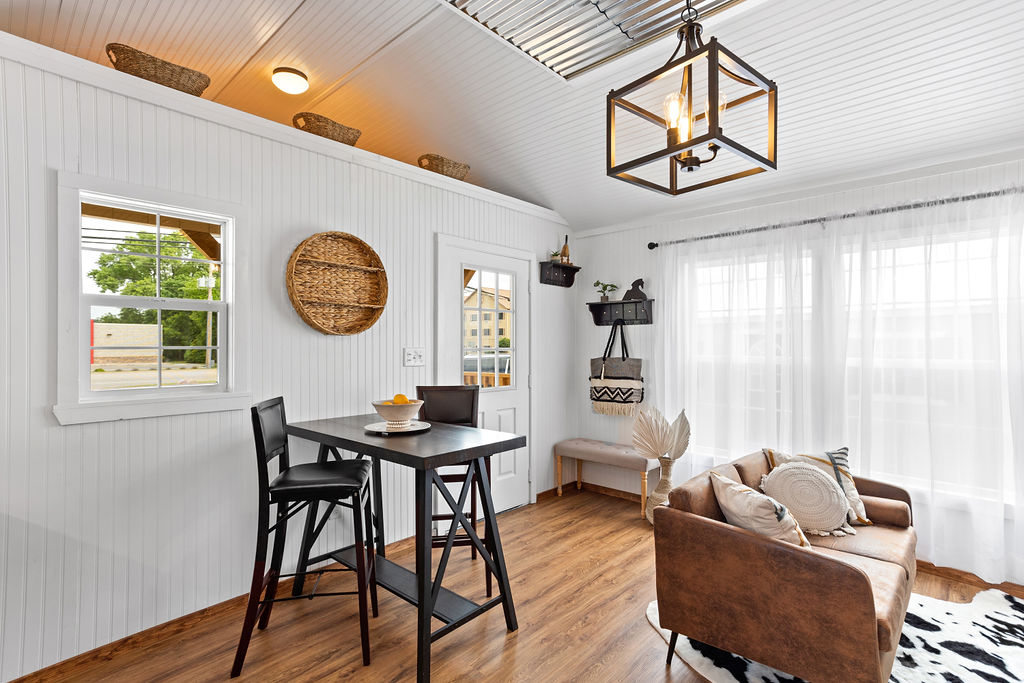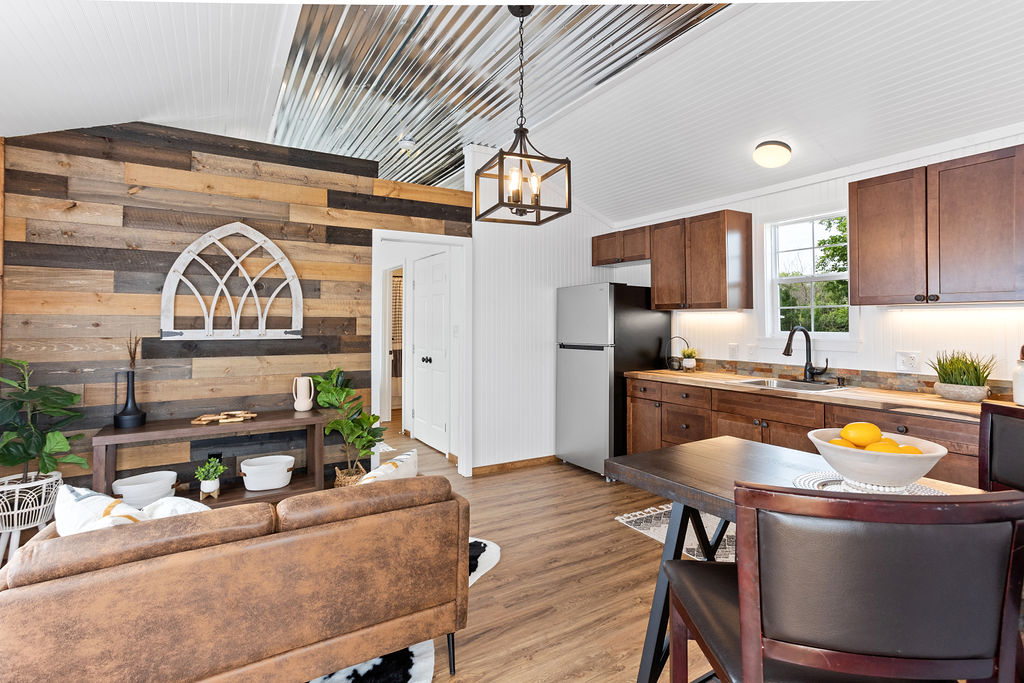In recent years, tiny homes have gained attention as an alternative lifestyle promoting simplicity, minimalism, and eco-friendliness. This movement includes various housing options like tiny homes, tiny houses, minimalist living, small space living, and mother-in-law homes. This article explores the key factors in minimalist living and the tradeoffs, aiming to provide an informative perspective for those considering tiny home living.
Tiny Homes: A Compact Solution
Tiny homes, often under 400 square feet, epitomize minimalist living. They are affordable, eco-friendly, and space-efficient. Yet, they challenge people used to larger spaces. Balancing function and minimalism is a constant tiny home enthusiast’s struggle.
Tiny Houses: Mobile and Versatile
Some tiny houses offer compact living on wheels, ideal for travelers or those seeking flexibility. They avoid zoning regulations, but require a tow vehicle and may have fewer amenities. Lifestyle and logistics matter when choosing between tiny homes and houses. These typically look more like a home than an RV.
While some tiny homes are mobile, many are choosing to place a foundation under their tiny homes and place them on property. These are typically fastened to the ground to the foundation whether this is concrete blocks or a concrete slab. These homes are perfect for the person looking to downsize their living space, no matter their reasoning and live comfortably in a tiny space.

Minimalist Living: Simplify Your Life
Minimalism extends beyond space. It encourages decluttering, focusing on what matters, and enjoying fewer possessions. Moving into a tiny home often aligns with this mindset, though parting with sentimental items can be emotionally challenging.
Small Space Living: Making the Most of Less
Small space living isn’t limited to tiny homes. It’s cost-efficient and eco-friendly, but sacrifices storage and personal space. Organizational skills and smart furniture are vital in this lifestyle.
Mother-in-Law Homes: Multi-Generational Living
Mother-in-law homes, or accessory dwelling units (ADUs), offer multi-generational living while maintaining independence. However, construction or renovation costs can be a tradeoff. Consider the benefits of close family connections against the financial strain.
The Impact of Tiny Home Living
When deciding on a tiny home, consider its broader impact. It reduces the environmental footprint and saves money, but challenges exist. This impacts community zoning, local economies, and social dynamics. Advocates often push for legal changes to accommodate tiny homes.
In conclusion, tiny homes and minimalist living offer a unique housing alternative. Downsizing and embracing a simpler life is a personal choice influenced by individual preferences, finances, and environmental concerns. By considering the tradeoffs, individuals can make informed choices that align with their values while being mindful of the broader impact.
If you are considering tiny home living, give our tiny homes a look. We have a variety of different homes to choose from starting at 1 bedroom homes that are ready to be moved onto your property. Here’s a link to where you can see them and their features: Patriot Tiny Home Features
